X-ray artifacts
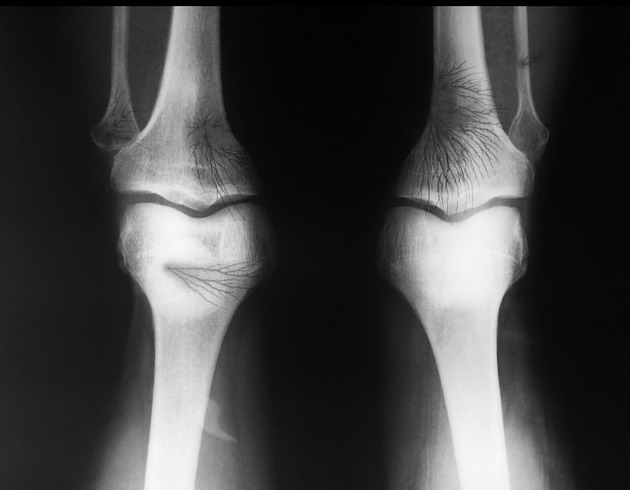
X-ray
artifacts • Static artifact - Ganzer Fall bei Radiopaedia

X-ray
artifacts • Double exposure - Ganzer Fall bei Radiopaedia
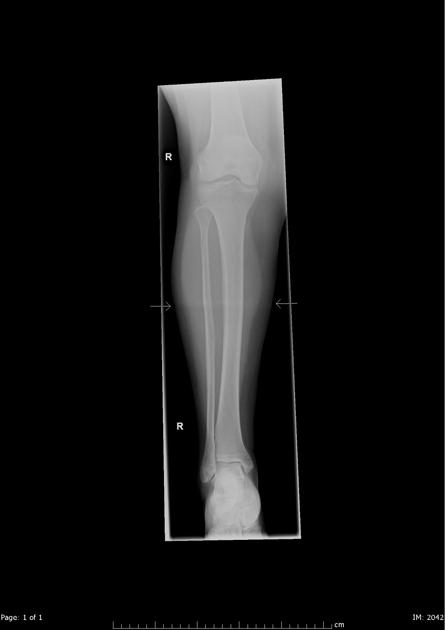
X-ray
artifacts • Maisonneuve fracture - Ganzer Fall bei Radiopaedia
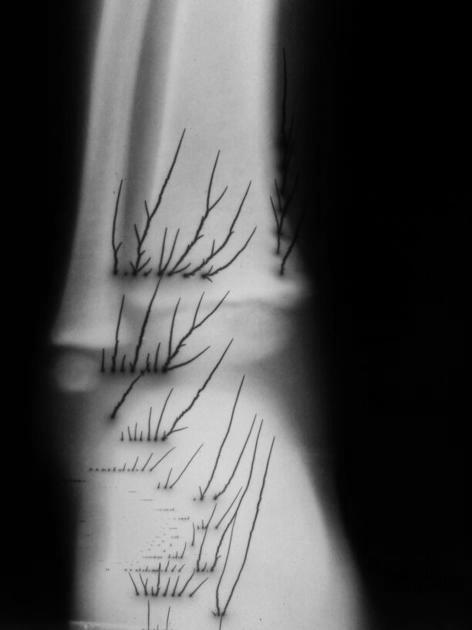
X-ray
artifacts • Static electricity - Ganzer Fall bei Radiopaedia
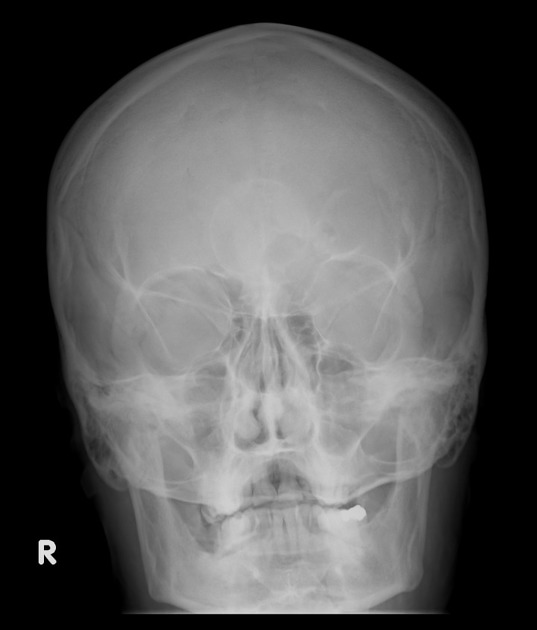
X-ray
artifacts • Pony tail causing artifact - Ganzer Fall bei Radiopaedia

X-ray
artifacts • Cassette artifact - Ganzer Fall bei Radiopaedia
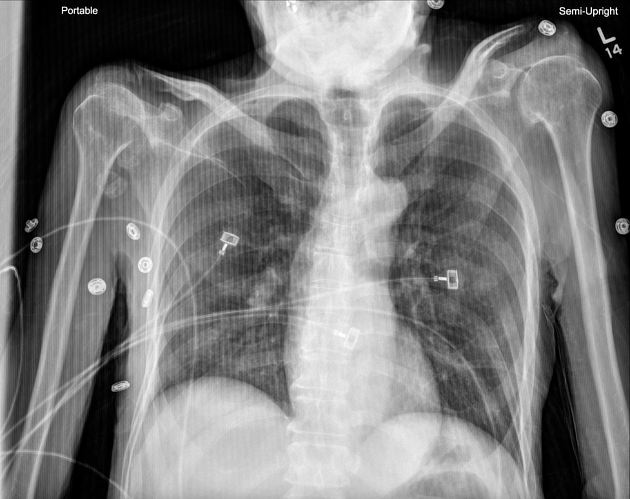
X-ray
artifacts • Grid artifact on chest x-ray - Ganzer Fall bei Radiopaedia
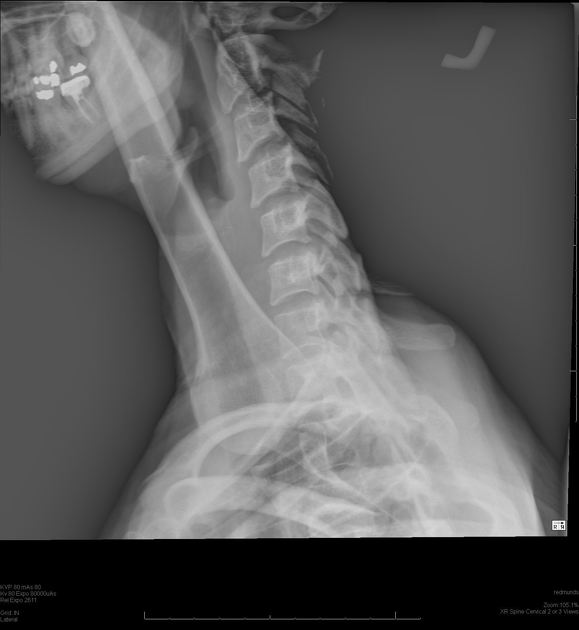
X-ray
artifacts • Over exposure artifact - Ganzer Fall bei Radiopaedia
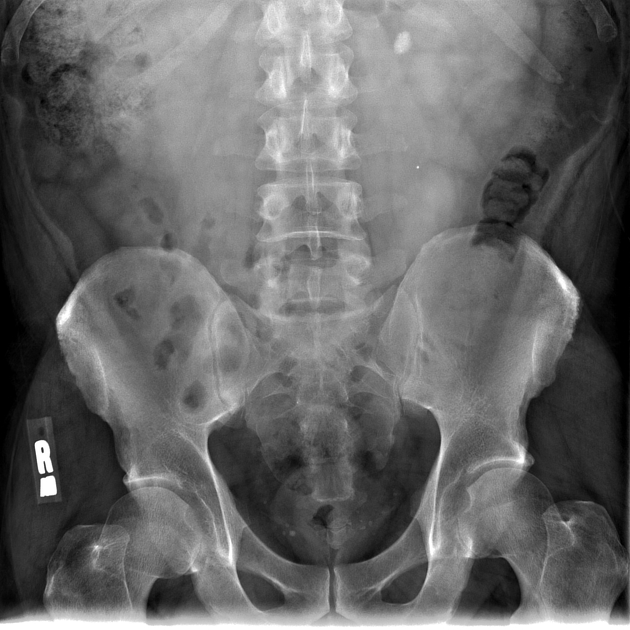
X-ray
artifacts • Dead pixel artifact - Ganzer Fall bei Radiopaedia
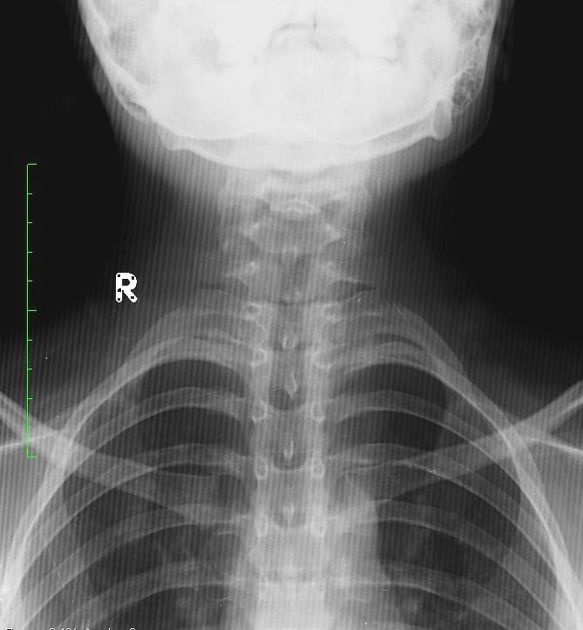
X-ray
artifacts • Grid line artifact - Ganzer Fall bei Radiopaedia

X-ray
artifacts • Pony tail causing artifact - Ganzer Fall bei Radiopaedia
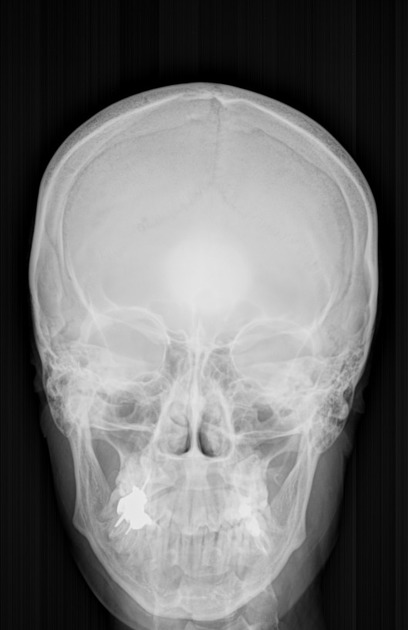
X-ray
artifacts • Pony tail causing artifact - Ganzer Fall bei Radiopaedia
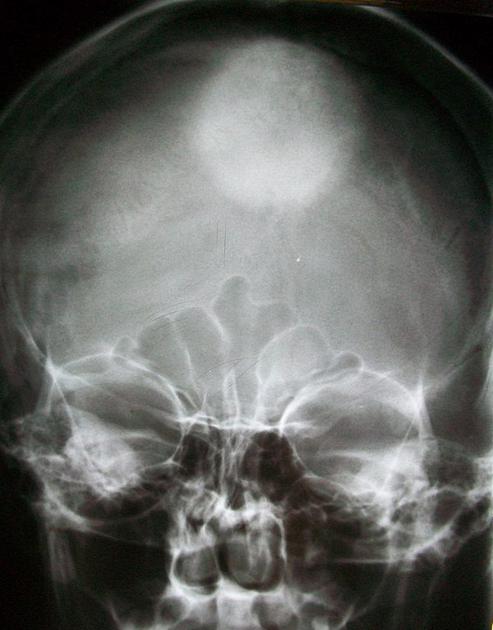
X-ray
artifacts • Pony tail causing artifact - Ganzer Fall bei Radiopaedia
X-ray artifacts can present in a variety of ways including abnormal shadows noted on a radiograph or degraded image quality, and have been produced by artificial means from hardware failure, operator error and software (post-processing) artifacts.
There are common and distinct artifacts for film, computed (CR) and digital radiography (DR).
Common causes
- improper handling of the films
- errors while processing the films
- patient movement while taking the image
Common artifacts (all forms of radiography)
- motion artifact
- due to patient movement resulting in a distorted image
- image compositing (or twin/double exposure)
- superimposition of two structures from different locations due to double exposure of same film/plate
- grid cut-off
- radiopaque objects on/external to the patient (e.g. jewelry (e.g. necklaces, piercings), clothing (e.g. buttons), hair (e.g. ponytail, hair braids etc.).
- debris in the housing
- debris in the housing caused by the collimator tube can cause small trapezoidal regions, indicative of lead shavings
Film radiography artifacts
- finger marks
- improper handling with hands
- clear film
- malfunction of the machine or placing the film in the fixer before developer solution
- static electricity
- black “lightning” marks resulting from films forcibly unwrapped or excessive flexing of the film
- crescent-shaped black lines
- due to fingernail pressure on the film
- crescent-shaped white lines
- due to cracked intensifying screen
- black film
- complete exposure to light.
- clear spots
- air bubbles sticking to film during processing
- fixer splashed on film prior to developing
- dirt on the intensifying screen
Computed/digital radiography artifacts
- detector image lag or ghosting
- latent image from previous exposure present on current exposure
- incorrect detector orientation i.e. upside-down cassette
- spoke like radiopaque lines (case 6)
- backscatter
- electronics are visible on the exposed image
- increased radiation exposure required for portable DR (digital radiography) examinations
- stitching artifacts
- occur when two separate DR or CR (computed radiography) images are merged into a single image (see case 3)
- over exposure
- dead pixel artifact
- signal dropout
- large areas of signal loss, due to detector drop
- speckled radiopaque spots
- due to detector drop
- detector calibration limitation
- faint radioopaque striping (often vertical) in the background of an image, yet not evident on the anatomy
- this artifact should be carefully examined, if it does not interfere with the anatomy, it is not a detector failure/grid cut off, rather a limitation of the detector calibration.
- often seen as lower exposure
- failure of detector offset correction
- similar to ghosting, however, the digital detector not being calibrated when promoted is the cause
- electronic shutter failure
- the digital image often will have obscurely shaped, tight collimation that defies logic
- often a computer error often fixed with recollimation post exam (this should be explored before reexamination)
- values of interest misread
- image appears washed out and underexposed
- this is often due to a largely collimated area of smaller anatomy i.e. a patella protection
- tighter digital collimation in conjunction with reprocessing will correctly assign the correct values of interest
- mid grey clipping
- loss of contrast in areas of different pixel density yet not change in density can be seen i.e. the metal on a knee replacement
- due to poor contrast enhancement
- grid-line suppression failure
- faint grid lines present on an image, with no grid cut off
Siehe auch:
und weiter:

 Assoziationen und Differentialdiagnosen zu Artefakte im Röntgenbild:
Assoziationen und Differentialdiagnosen zu Artefakte im Röntgenbild:Artefakte im
Röntgenbild des Thorax


